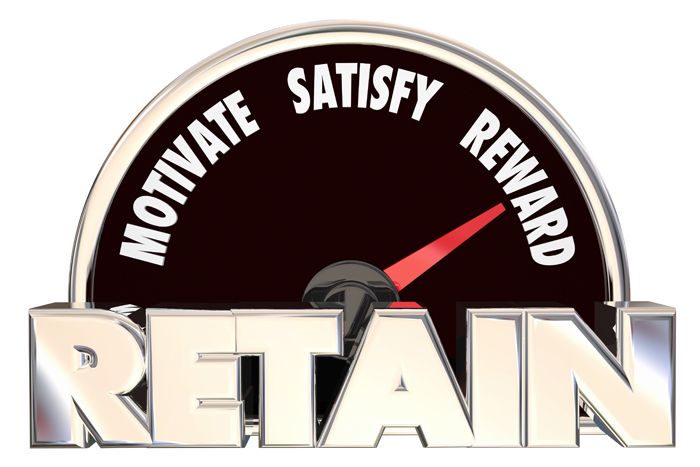
However, the 21st century has also clearly shown that what is imperative is retaining the best talent and the employees who are best fit for the organization – normal employee turnover, with high retention rates of best employees helps to build up a stronger workforce, quickly and efficiently. So, by itself, employee turnover is not a matter of concern, unless that employee turnover also includes desirable employees.
It is in solving this issue that many HR departments fail. This happens because, even though almost all usual factors predictive of employee turnover correlate with turnover among talented employees, there are certain factors which correlate to a greater extent to turnover of talented employees. These factors need to be identified and addressed by the HR.
And that brings us to the issue of talent retention or solving finding ways to ensure the retention of talented employees and best-fit employees.
To do that effectively, HR needs to focus on talent management, and following Lockwood's definition, the implementation of integrated strategies meant to increase employee productivity by attracting, developing, retaining and utilizing talent that meets current and future business needs.
It's easier said than done, because the best organizations are continuously working to solve this issue. But the best remain ahead by being able to retain their best talent to a greater degree than other organizations are able to do.
What engages high performers
A study made by Martel in 2003 found that the factors which impacted high performers most include:
- Employee autonomy
- Risk taking
- Tolerance of mistakes
- Open communications
- Good supervisory relations
- Education and training
In a 2009 study made by Constantine Kontoghiorghes and Kalomyra Frangou on talent retention, it was found that the factors which had the highest correlation with retaining talent included:
- A change drive organizational culture
- Effective recruitment and selection of talent
- High degree of organizational flexibility


